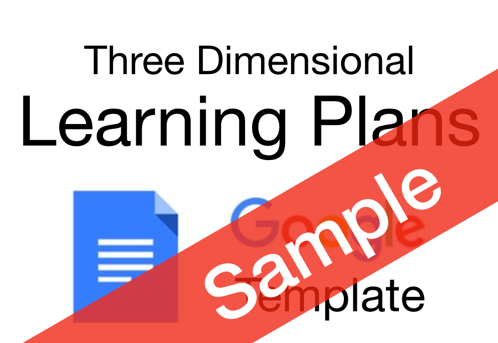MS-PS2-2: Forces, Mass and the Motion of an Object
Plan an investigation to provide evidence that the change in an object’s motion depends on the sum of the forces on the object and the mass of the object. (Stability and Change)
Clarification Statement: Emphasis is on balanced (Newton’s First Law) and unbalanced forces in a system, qualitative comparisons of forces, mass and changes in motion (Newton’s Second Law), frame of reference, and specification of units.
Assessment Boundary: Assessment is limited to forces and changes in motion in one-dimension in an inertial reference frame and to change in one variable at a time. Assessment does not include the use of trigonometry.
Science Practices
Planning and Carrying Out Investigations
Disciplinary Core Ideas
PS2.A: Forces and Motion
Crosscutting Concepts
Stability and Change
Assessments
The Wonder of Science Assessments
Shared Assessments
The following assessments were shared by teachers implementing the NGSS. Many of these are drafts and should be used accordingly. Feel free to improve these assessments or contribute your own. Learn more here.
Instructional Resources
Mini Lessons
The Wonder of Science Resources
Anchor Charts
Phenomena
Videos
Learning Plans
Storylines
Common Core Connections
ELA/Literacy
RST.6-8.3 - Follow precisely a multistep procedure when carrying out experiments, taking measurements, or performing technical tasks.
WHST.6-8.1 - Cite specific textual evidence to support analysis of science and technical texts.
Mathematics
6.EE.A.2 - Write, read, and evaluate expressions in which letters stand for numbers.
7.EE.B.3 - Solve multi-step real-life and mathematical problems posed with positive and negative rational numbers in any form (whole numbers, fractions, and decimals), using tools strategically. Apply properties of operations to calculate with numbers in any form; convert between forms as appropriate; and assess the reasonableness of answers using mental computation and estimation strategies.
7.EE.B.4 - Use variables to represent quantities in a real-world or mathematical problem, and construct simple equations and inequalities to solve problems by reasoning about the quantities.
MP.2 - Reason abstractly and quantitatively.
*Next Generation Science Standards is a registered trademark of Achieve. Neither Achieve nor the lead states and partners that developed the Next Generation Science Standards were involved in the production of this product, and do not endorse it. Visit the official NGSS website.
































